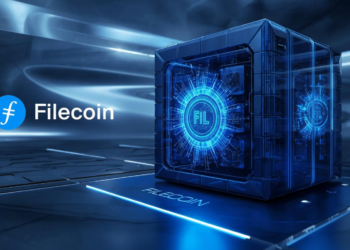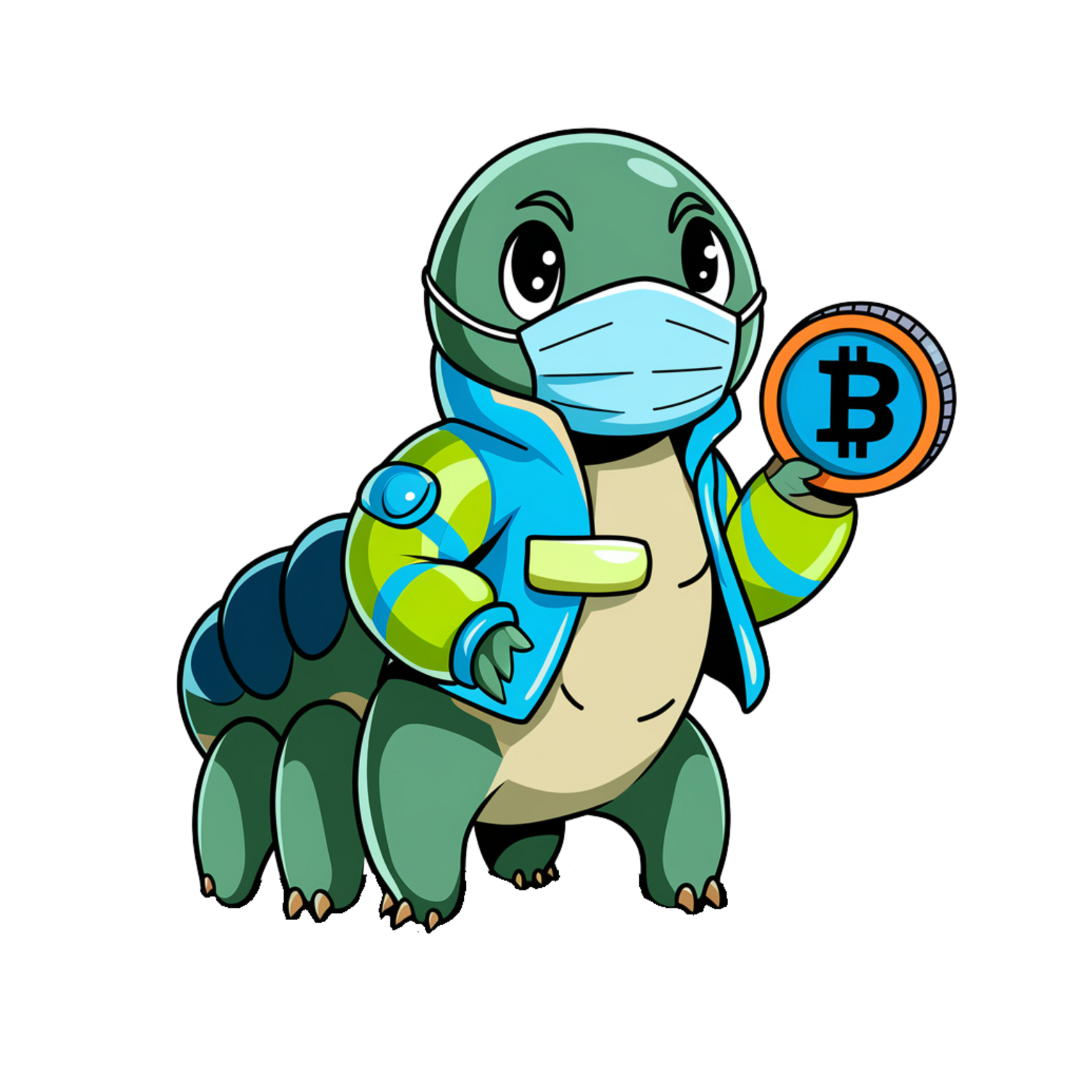The Solana Virtual Machine (SVM) is an innovative execution environment that enables smart contracts on the Solana blockchain. It has transformed blockchain performance by allowing thousands of transactions per second through parallel processing, which is a significant improvement over traditional blockchain designs.
SVM is important in the blockchain world because it can:
- Process multiple transactions at the same time
- Use all available computing cores
- Keep transaction fees low
- Provide better scalability options
But SVM’s impact goes beyond just technical features. It opens up new opportunities for decentralized applications (dApps) by giving developers a powerful platform to create high-performance solutions that can accommodate millions of users.
In this detailed guide, we will explore:
- The technical structure behind SVM’s ability to process transactions in parallel
- How programs are compiled and executed within the SVM environment
- The role of SeaLevel in managing multiple transactions at once
- SVM’s connection with emerging blockchain scaling solutions
- The benefits of using Rust programming language in the SVM ecosystem
Whether you’re a blockchain developer, crypto enthusiast, or business leader looking into blockchain solutions, understanding SVM’s capabilities is essential for navigating the ever-changing world of decentralized technologies. The SVM represents a significant advancement in blockchain scalability and efficiency, setting new benchmarks for what can be achieved in decentralized computing.
Understanding Solana Virtual Machine (SVM)
The Solana Virtual Machine (SVM) is the engine that powers the Solana blockchain. It provides a dedicated environment for running smart contracts and handling transactions. You can think of SVM as a network-wide computer system that operates on the entire Solana network.
Key Components of SVM:
- Smart Contract Execution: SVM provides a secure sandbox environment where smart contracts run in isolation, preventing unauthorized access to system resources
- Transaction Management: The runtime processes thousands of transactions per second through parallel execution
- Resource Allocation: SVM efficiently manages computational resources, memory, and storage across validator nodes
The architecture of SVM is different from traditional blockchain virtual machines because it uses a multi-threaded approach. Each validator node has its own instance of SVM, creating a network of separate execution environments that work together to maintain the blockchain’s state.
This distributed system allows developers to deploy complex decentralized applications while maintaining high performance and security. The SVM’s ability to handle multiple transactions simultaneously sets it apart from other blockchain platforms, making it an ideal choice for high-throughput applications.
Technical Architecture of Solana Virtual Machine (SVM)
The SVM’s multi-threaded runtime architecture sets it apart from traditional blockchain virtual machines. By leveraging multiple CPU cores, SVM processes thousands of transactions simultaneously across validator machines, creating a highly efficient execution environment.
Here’s how SVM achieves its remarkable performance:
- Parallel Processing: Each validator node utilizes all available CPU cores to execute multiple transactions independently, maximizing hardware resources through parallel computing.
- Memory Management: SVM implements a sophisticated memory allocation system that prevents data conflicts during parallel execution
- Runtime Optimization: The architecture includes built-in performance optimizations for faster bytecode execution and reduced latency
Unlike the Ethereum Virtual Machine’s sequential processing model, SVM’s parallel architecture delivers:
- Transaction speeds of up to 65,000 per second
- Sub-second finality
- Significantly lower gas fees
The SVM architecture enables validators to maintain independent execution environments, enhancing network security and resistance to DDoS attacks. Each validator operates its own isolated SVM instance, creating a distributed network of high-performance transaction processors that maintain blockchain state consistency.
Compilation Process and Execution in SVM
The Solana Virtual Machine compiles smart contracts written in Rust, C, and C++ into Berkeley Packet Filter (BPF) bytecode. This compilation process creates highly efficient programs ready for deployment on validator nodes across the Solana network.
Each validator runs an isolated SVM instance that functions as a mini-computer, executing transaction instructions independently. These isolated environments:
- Protect against potential security threats
- Prevent unauthorized access to system resources
- Maintain network decentralization
- Enable robust denial-of-service attack resistance
The BPF bytecode execution process follows a specific sequence:
- Program compilation into BPF bytecode
- Deployment to the Solana network
- Distribution to validator nodes
- Execution in isolated SVM instances
This architecture allows validators to process transactions efficiently while maintaining network security. The isolation mechanism ensures that even if one validator encounters issues, the network continues to operate smoothly, preserving the integrity of the blockchain state.
SeaLevel and Transaction Management in SVM
SeaLevel is the driving force behind SVM’s ability to handle multiple transactions at the same time. This advanced engine looks at how transactions depend on each other while they are happening, figuring out which ones can be executed together without causing any problems.
Here’s how SeaLevel manages concurrent transactions:
- Smart Dependency Detection: SeaLevel examines each transaction’s read and write sets to determine potential conflicts
- Dynamic Scheduling: Transactions without shared dependencies are automatically processed in parallel
- Resource Lock Management: The engine implements a sophisticated locking mechanism to prevent double-spending and data corruption
SeaLevel’s architecture brings significant advantages to the Solana ecosystem:
- Transaction throughput scales with hardware improvements
- Reduced latency in transaction confirmation
- Enhanced network efficiency through optimized resource utilization
The engine’s conflict management system operates through a precise three-step process:
- Dependency Graph Creation: Maps relationships between incoming transactions
- Parallel Execution Groups: Organizes non-conflicting transactions into execution batches
- State Updates: Applies changes atomically to maintain data consistency
This sophisticated transaction management system enables SVM to process thousands of transactions per second while maintaining data integrity and network security.
Supporting Blockchain Scaling Solutions with SVM Technology
SVM technology powers innovative scaling solutions through rollup integrations, enhancing blockchain performance and accessibility. Two notable projects showcase SVM’s versatility in this space:
- Nitro Project
- Implements optimistic rollups on Cosmos-based chains
- Utilizes SVM for efficient transaction settlement
- Maintains consensus while reducing computational overhead
- Enables faster transaction processing with lower fees
- Eclipse Platform
- Offers customizable rollup solutions powered by SVM
- Supports multiple rollup types:
- Zero-knowledge (zk) rollups for enhanced privacy
- Optimistic rollups for improved scalability
- Polygon SVM compatibility layer
- Provides developers with flexible deployment options
The integration of rollups with SVM technology creates a robust infrastructure for decentralized applications. These scaling solutions leverage SVM’s parallel processing capabilities to handle increased transaction volumes while maintaining security and decentralization. Projects like Nitro and Eclipse demonstrate SVM’s potential to address blockchain scalability challenges through innovative architectural approaches.
Rust Programming Language and Parallel Execution in SVM
The choice of Rust as SVM’s primary programming language brings distinct advantages and challenges to Solana’s ecosystem. Unlike Solidity in EVM, Rust’s memory safety guarantees and zero-cost abstractions create a robust foundation for parallel execution.
Key Benefits of Rust in SVM:
- Built-in protection against common programming errors
- Enhanced security through ownership and borrowing rules
- Superior performance with minimal runtime overhead
- Strong type system preventing race conditions
Technical Challenges:
- Steeper learning curve for developers
- Complex memory management concepts
- Limited smart contract development resources compared to Solidity
The parallel execution model in SVM leverages Rust’s safety features to process multiple transactions simultaneously. Each validator node can execute smart contracts independently, maximizing hardware utilization and throughput. This architecture stands in contrast to EVM’s sequential processing, where transactions must wait in line for execution.
Rust’s ownership system enables SVM to maintain data consistency across parallel operations without sacrificing performance. The compiler enforces strict rules about data access, preventing concurrent modification issues that could compromise blockchain security.
Conclusion
The Solana Virtual Machine is a game-changing technology that is transforming what blockchains can do. With its ability to process tasks in parallel and strong security features, SVM is leading the way in blockchain innovation.
Want to learn more about SVM? Here’s how you can get started:
- Join the Solana developer community
- Experiment with Rust programming
- Build your first SVM-powered dApp
- Stay connected with SVM updates through official channels
SVM technology is rapidly advancing, pushing the limits of blockchain performance and scalability. As more people start using blockchains, SVM will play a crucial role in supporting the next generation of decentralized applications and scaling solutions. The future of blockchain technology looks promising with SVM leading the way toward faster, more efficient, and scalable solutions.
Join Us : Twitter | Website | GitHub | Telegram | Facebook | YouTube

























